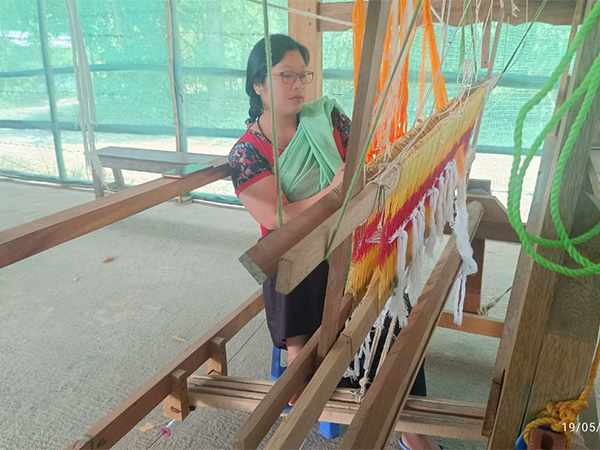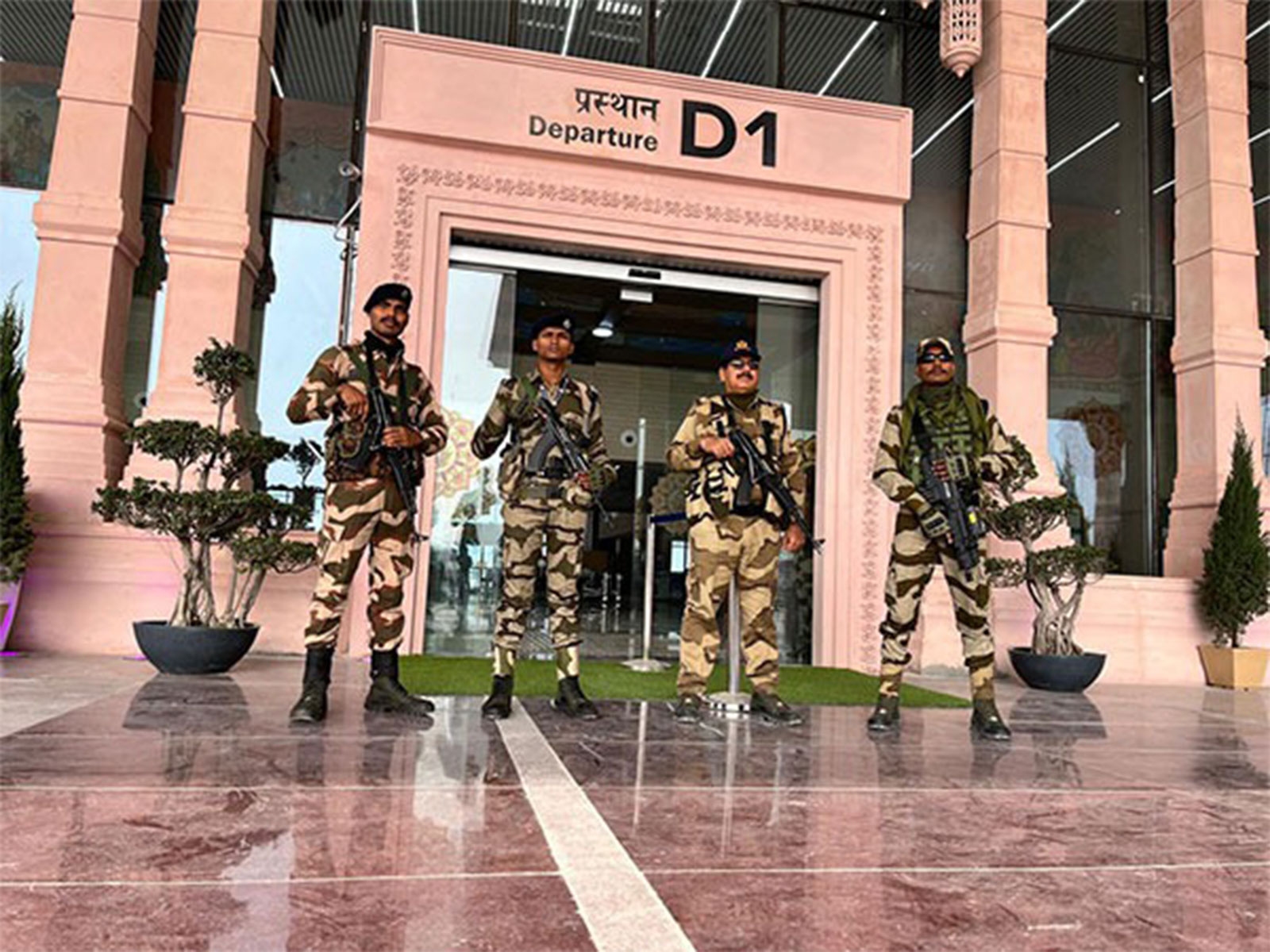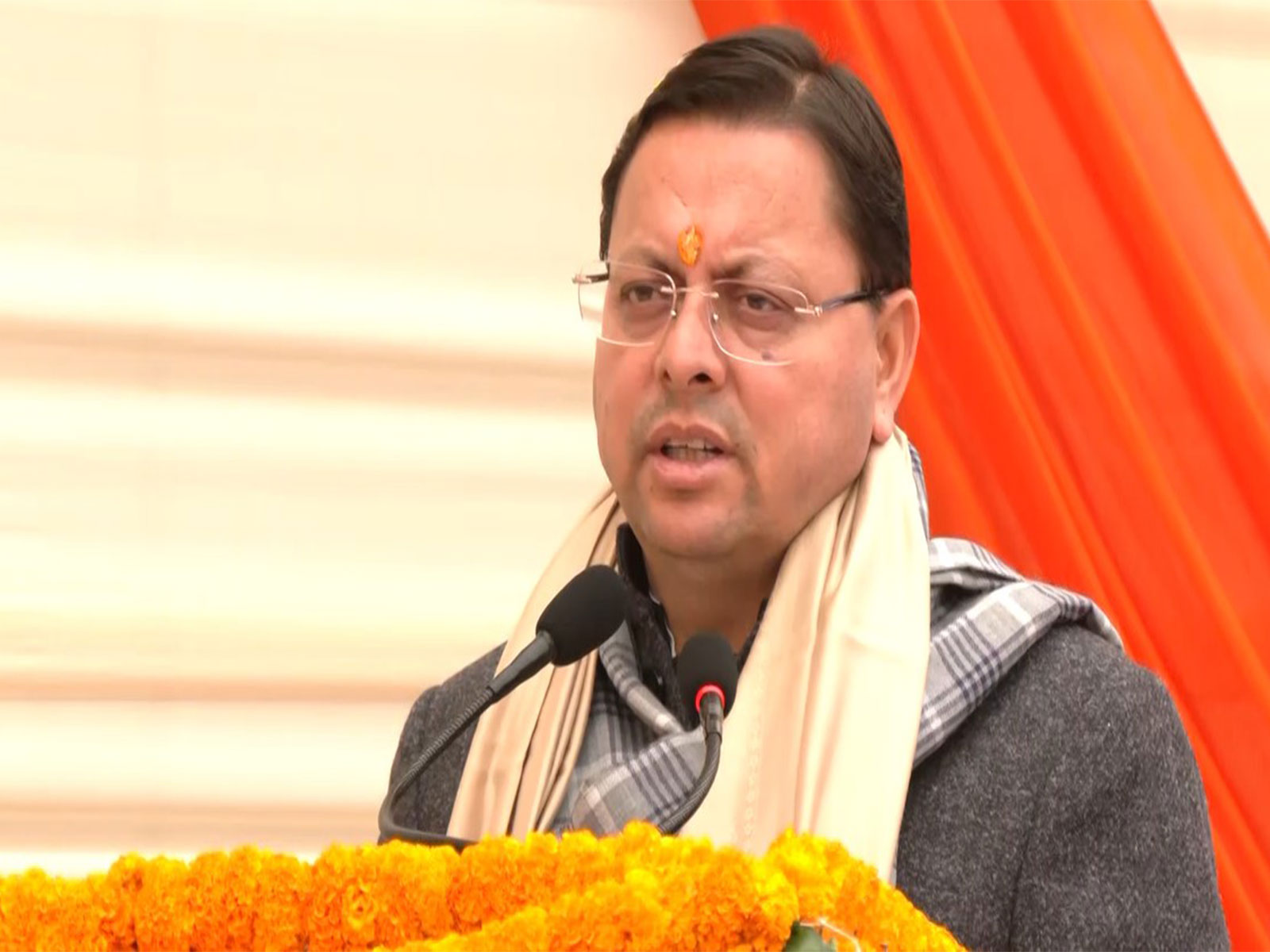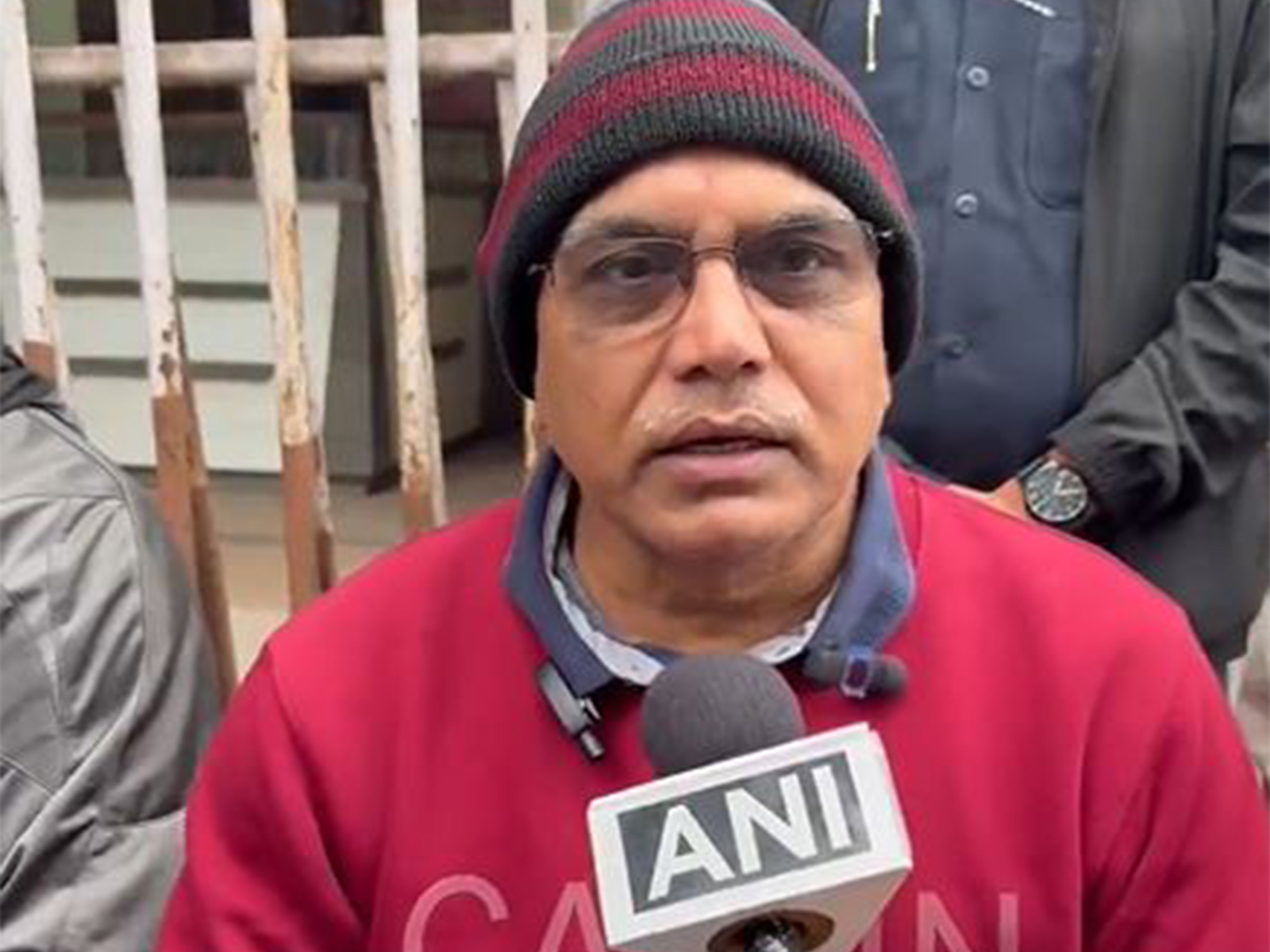Kohima (Nagaland) [India], May 27 (ANI): In a region where traditions are woven into the very fabric of identity, the Indian Army has quietly sparked a movement of empowerment through looms, beads, and age-old wisdom. In the hills and valleys of Manipur and Nagaland, where shawls signify status and beads embody ancestral spirits, women reclaim their heritage as a symbol of pride and as a source of livelihood and economic resilience.
According to an official release, this movement took root organically. During their deployment in remote villages, Army personnel were often felicitated by local women with handwoven shawls, bead jewellery, and herbal cosmetic items. These gestures unveiled a rich cultural heritage, but the know-how remained known to very few people.
Recognising the untapped potential, the Army initiated a cultural empowerment campaign under Operation Sadbhavana.
According to the release, it partnered with Aseem Foundation, a Pune-based NGO known for its work in remote and conflict-prone areas.
This collaboration is part of a string of projects aimed at reviving traditional crafts while building financial independence and self-reliance for women in the region. From structured training to production infrastructure and market exposure, these efforts now span weaving, yarn banking, natural cosmetics, and bead jewellery, the release stated.
In Tronglaobi village, the establishment of a yarn bank is preserving the legacy of textiles like Wangkhei Phee, Moirang Phee, and the phanek, a traditional wraparound skirt imbued with ceremonial meaning. Women artisans, trained and supported with looms, stipends, and raw materials, now operate a self-sustaining model where profits are reinvested into raw material procurement, ensuring continuity and scalability.
In Bishnupur district’s Phubala village, the launch of Loktak Mist, a brand of natural cosmetics, fuses ancestral wisdom with modern skincare. Drawing inspiration from Loktak Lake, women have developed a range of products made from rice water, leihao flowers, turmeric, and sesame oil.
Once used in traditional rituals, these ingredients are now featured in market-ready formulations. Training extended beyond formulation to branding and marketing, making Loktak Mist not just a product line but a symbol of identity, innovation, and sustainability.
In Nagaland’s Zakhama village, the Indian Army supported the establishment of a textile unit that drew on the traditions of tribes like the Ao, Angami, and Chakhesang.
The iconic Tsungkotepsu shawl, once reserved for warriors, is now being woven by local women using cotton, silk, polyester, and acrylic yarns on traditional looms. The unit not only trains women in structured weaving techniques but also fosters emotional ties between the Army and tribal communities.
Further north, in P. Moulding village of Kangpokpi district, a bead jewellery skill development centre has equipped women with techniques like wire looping, knotting, bead identification, and aesthetic design. These practices, rooted in tribal traditions of the Tangkhul, Konyak, and Mao tribes, produce jewellery that is both spiritually significant and commercially viable. What was once heirloom art is now a sustainable livelihood.
Collectively, these projects transcend economic objectives. They are cultural reawakenings that re-establish identity, rekindle pride, and foster community resilience. Women of the Northeast now share their narratives through loom rhythms, beadwork precision, and botanical fragrance.
Moreover, this initiative is a replicable peacebuilding model in sensitive regions. The Indian Army’s role, traditionally associated with security, is now deeply embedded in social transformation, inclusivity, and cultural revival, as per the release.
Through its collaboration with civil society, the Army has demonstrated that empowerment can begin with a loom, a flower, a bead- and above all, a belief that tradition is not a relic, but a foundation for progress.
In times when development often overlooks the human and cultural essence of regions like the Northeast, the Indian Army’s quiet cultural campaign ensures that heritage is not lost but reborn-as enterprise, as empowerment, and as enduring peace. (ANI)
Disclaimer: This story is auto-generated from a syndicated feed of ANI; only the image & headline may have been reworked by News Services Division of World News Network Inc Ltd and Palghar News and Pune News and World News
HINDI, MARATHI, GUJARATI, TAMIL, TELUGU, BENGALI, KANNADA, ORIYA, PUNJABI, URDU, MALAYALAM
For more details and packages
















